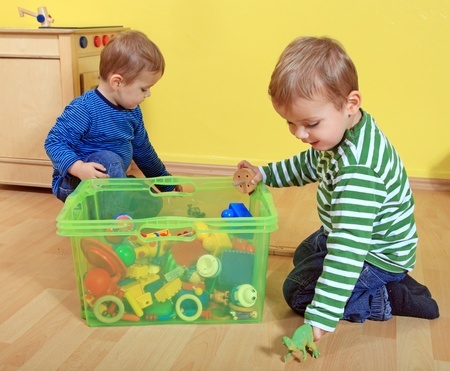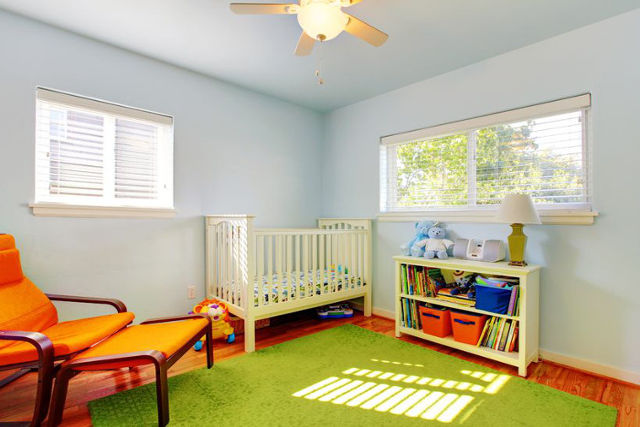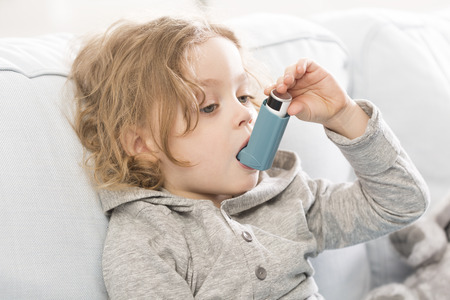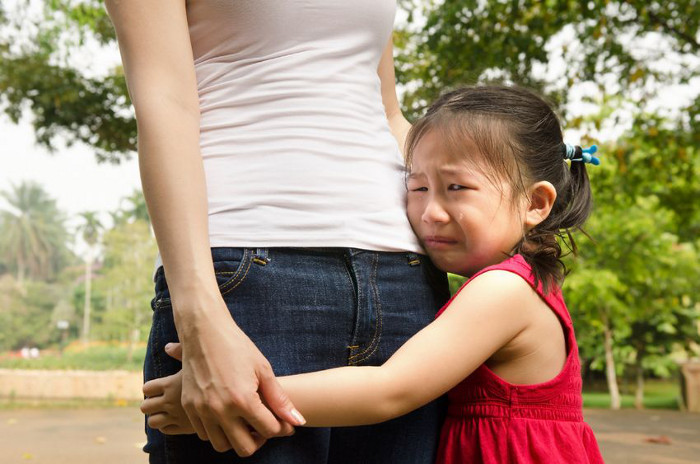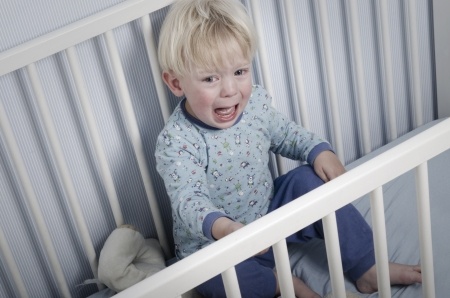Do you or your child suffer from chronic or frequent sneezing, a runny nose, congestion or headaches?
Many do their best to vacuum, mop and wipe everything down to keep their homes as dust-free as possible. But the chronic respiratory issues continue. What many may not realize is that their sensitivity may not be to ‘dust’ itself, but to dust mite allergens.
➡️ Related Read: How Do I Stop Sneezing?
Merely keeping dust levels to a minimum may not help, as it may not be getting to the actual triggers. Dust mite allergens can be found even in places that are not considered dusty. For example your bed mattress. You can vacuum it and cover with freshly-laundered sheets, but is it really clean? Not as much as you’d think if dust mites are really your problem.
What are dust mites?
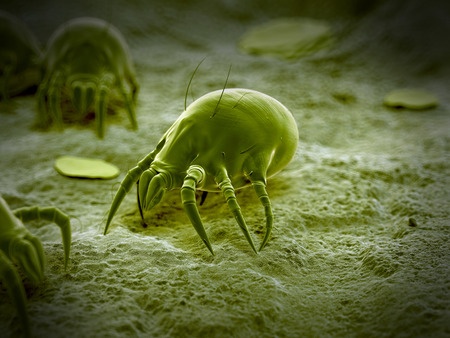
Dust mites are extremely small (0.3mm) creatures related to spiders. They feed primarily on human and animal dead skin scales, which are sloughed off our bodies daily, and by absorbing water from the moisture in the air. All they need to thrive is the humidity of 50% or greater, and a warm environment of minimum 21 degrees Celsius. With Singapore’s heat and humidity regularly at 70-80%, Singapore homes, even air-conditioned ones, are a paradise for dust mites!
But where are they inside our homes?
Dust mites live in soft furnishings, particularly ones where they can burrow into, such as mattresses, pillows and fabric sofas. A typical used mattress, i.e. two years or older, may have anywhere from 100,000 to 10 million mites inside. Ten per cent of the weight of a two-year-old pillow can be composed of dead mites and their droppings.
Other common mite-infested furnishings include curtains, carpets, rugs, blankets, stuffed toys. The mites in a square meter of carpeting can number up to 100,000! Even clothes hanging in a closet that hasn’t been worn for a while and books that have been left untouched on a shelf can harbour significant dust mite populations.
Do note that dust mites are not the same as bed bugs, which can also be found in bedding, though not as prevalent. Bed bugs are six-legged parasites that actually bite. They are about the size of apple seeds so they can be seen with the naked eye, and they do not produce organic matter that is allergenic.
What’s so bad about dust mites?
Dust mites are everywhere! But the truth is, although dust mites may look scary in appearance, they really are harmless organisms. ‘Dust mite allergy’ is actually a misnomer, as it is actually the fecal matter from their dropping and their cast-off skin casings that cause allergies. The problem is these allergenic materials are in abundance wherever dust mites are found, and they accumulate and remain potently allergenic long after the dust mites that produced them have died.
So, as benign as dust mites actually are, their presence can cause a whole host of symptoms, including:
- Asthma
- Itchy eyes
- Sneezing
- Runny nose
- Nasal congestion
- Cough
- Skin rashes
- Eczema
- Headaches
➡️ Related Read: What You Need To Know About Asthma And Allergies
In fact, many people who complain of morning ‘sinus issues’ may unknowingly have dust mite allergies. The morning flare-ups of congestion and/or a drippy nose would be consistent with a dust mite allergy that is triggered after being in bed all night, breathing in dust mite allergens for six to eight hours straight.
➡️ Related Read: Sinus in children
How do I know if my child has dust mite allergy?
If you suspect that you, your child or other family members, have a dust mite allergy, a doctor can verify it with a skin prick test.
Antihistamines, corticosteroids, and decongestants are the most commonly prescribed solution for managing symptoms, but ultimately, they merely mitigate allergic reactions. Those whose symptoms are severe enough that symptom management is insufficient may want to consult with an allergist who provides immunotherapy. Immunotherapy treatments consist of desensitizing a patient to an allergen through administering minute or trace amounts of an allergen.
With consistent treatments over time many have experienced gradual desensitization to the allergens, and successful reduction or elimination of symptoms.
How do I get rid of dust mites?

It’s virtually impossible to eliminate dust mites in a home, as they repopulate effortlessly in even the cleanest of environments.
The key is managing the mite population to keep it as low as is practically possible. Here are methods you can adopt:
- First priority is to encase all mattresses and pillows in dust-mite-proof covers. These are made from fabrics with such a fine weave (10 microns or less) that dust mites cannot penetrate into the pillow or mattress and set up home there. It’s a good idea to toss out your old mattress and pillows and get all new ones.
- Remove all soft furnishings or replace them with impermeable alternatives, e.g. plastic blinds for curtains, wood or tiled floors for carpeting, etc.
- Replace a fabric sofa with a leather one. Remember, you may be able to wash removable upholstery, but the mites burrow deep into the cushions. They can’t burrow through leather.
- Switch to latex mattresses. Latex is an inhospitable environment for dust mites.
- Vacuum cleaners with HEPA filters to clean floors and other surfaces. There are vacuum cleaners specifically designed to combat dust mites.
- Wash all bedding – sheets, blankets, mattress pads, etc. – in hot water, i.e. minimum 60 degrees Celsius.
- Replace non-washable fabric furnishings with ones that not only can be washed but can withstand hot water washes.
- Dry everything in a hot clothes dryer, to tackle any dust mites that survived the hot water wash.
- Use mite-killing laundry detergents and cleaners.
- Wear an N95 mask when cleaning, if you are the one with the dust mite allergy. Symptoms commonly worsen with cleaning activities as the dust that transports the allergens are kicked up most during that time.
- Leave your beds unmade after you wake up. Airing the sheets to dry them out, and sunning your bed covers in the morning can lower mite populations, as UV light kills mites.
- Reduce your child’s stuffed toy population to only one or two.
- Freeze stuffed toys, small pillows, and other hard-to-wash items, then vacuum them thoroughly. 24-48 hours in a typical household freezer will kill all dust mites. Then vacuum cleaning will remove the dead mites and their biological matter.
- Air purifiers – with HEPA filters – are extremely helpful for reducing the amount of airborne dust and therefore allergenic dust mite particles.
- Use a dehumidifier if possible in rooms, to keep humidity levels controlled.
⇒ Related Read: Best Air Purifer Singapore
It takes only a few days for a new mite population to build up so frequent cleaning is a must. Seven days is a maximum for washing bedding. For cleaning tasks that can be done more frequently, e.g. vacuuming, every one to three days is best. Frequent washing of fabrics not only kills mites but controls the number of skin scales accumulated on them, which in turn controls the mite population that inevitably rebuilds.
It’s a lot of hard work, but reducing the dust mite population, not just the amount of dust, in your home can go a long way toward bringing a significant measure of relief.
By Sara Rognstad.
* * * * *
Like what you see here? Get parenting tips and stories straight to your inbox! Join our mailing list here.
Want to be heard 👂 and seen 👀 by over 100,000 parents in Singapore? We can help! Leave your contact here and we’ll be in touch.



































